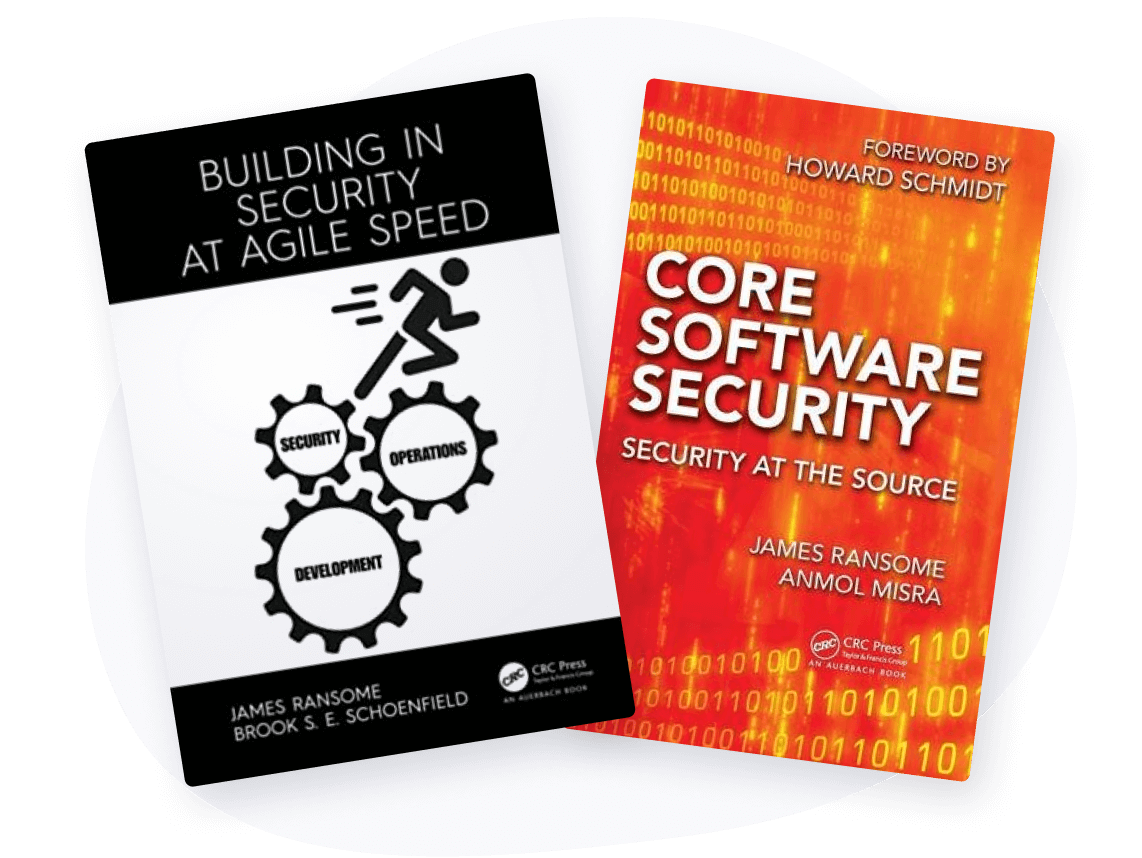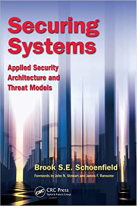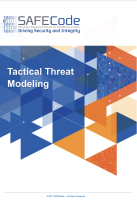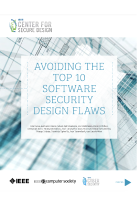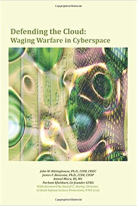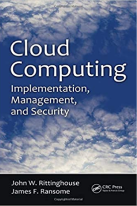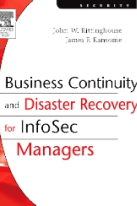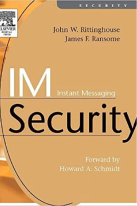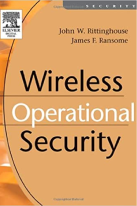Comparative Software Security
Software is critical to everything we do in the modern world and is behind our most critical systems.
As such, it is imperative that it be secure by design. Software security is therefore as much a business decision as
it is about avoiding security risks.
One of the best decisions you can make is to optimize you and your organization's ability to secure the software in
your organization by taking the comparative software security survey.
Created by:

The paradigms for producing and operating software, as well as the way that functionality is architected,
have been through profound sea changes such that if security is going to be built and then run effectively,
security techniques, tools, and operations must match, and, in fact, integrate easily, fully, and relatively
painlessly with the ways that software is currently built and run.
Meanwhile, there is a strong tendency to represent secure development in a linear fashion—security
activities preceding from planning and design through testing and release in an orderly fashion. But these
attempts to provide order through linearity are a mistake.
This survey's questions are founded upon the thousands of dedicated developers who've been honest and
vulnerable enough to share what works, what doesn't, and their willingness to reach with the authors for
better solutions that are achievable across a gamut of software development practices and styles. The authors
have listened to how developers work and what they need; this work is the result.
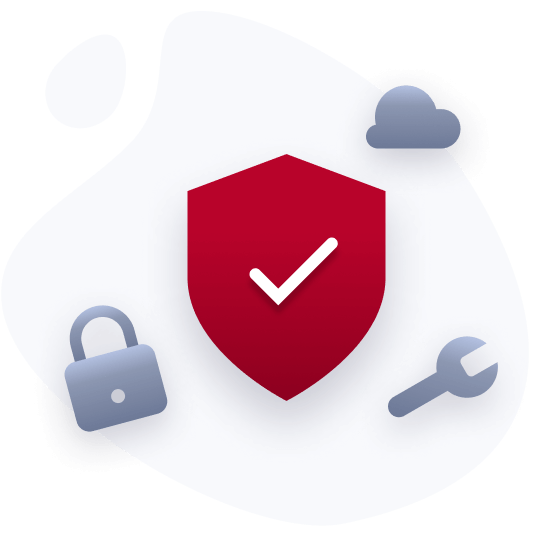
Sample Questions
SDL & Management
We reduce our technical debt in every iteration.
Access / Rights
Privileges are only given where strictly needed.
Access / Rights
We control access to the DevOps/CICD chain/tools.
Risk Identification
We keep the threat model updated as a part of our work.
Risk Identification
Security fixes are tracked to closure.
Provenance
When we choose to include 3rd party code, we perform a security assessment of the candidate code and its maker.
SDL & Management
We use a Security Development Lifecycle (SDL).
Developing Code
We employ tools to identify secure coding issues.
SDL & Management
We have designated security champions in each development team.
Top Features
Leverage proven, peer-reviewed research to quickly identify where your organization needs attention and initiate a conversation to understand how you can help.
Give your teams a voice - and allow them to express where you can do the most good for your organization.
Gain insights expeditiously - perform analysis at the team, program and organizational levels.
Benchmark the maturity of software security across your teams and organization against other organizations in your industry.


